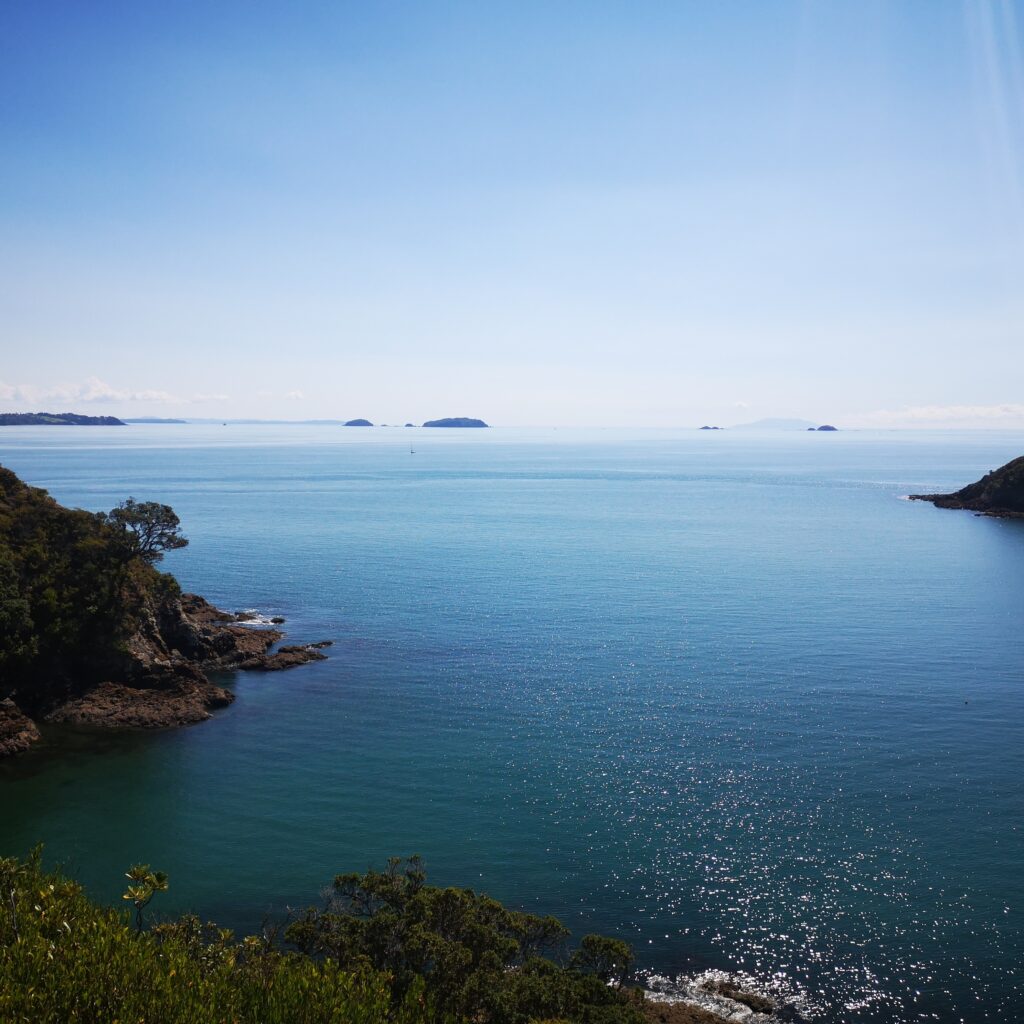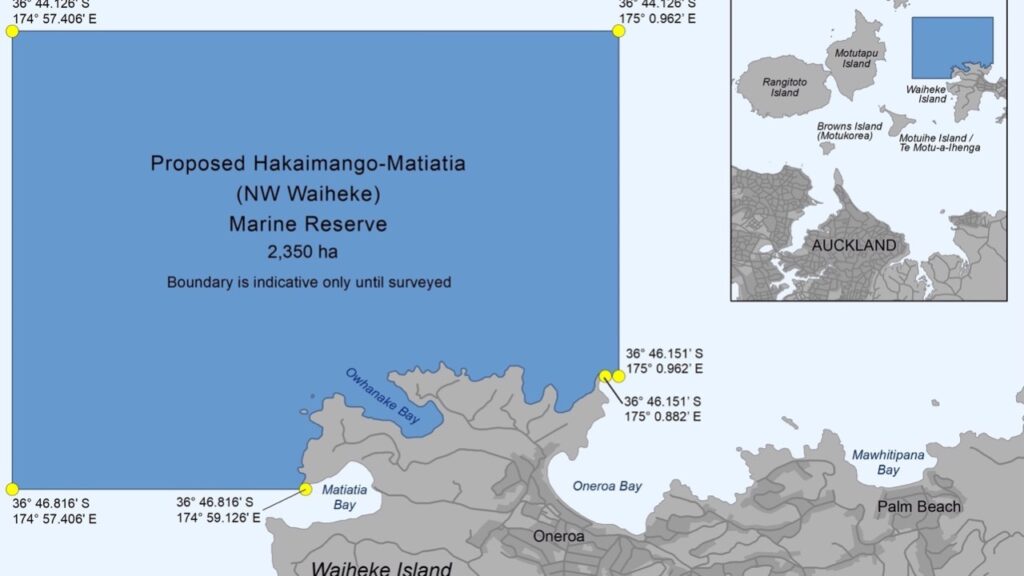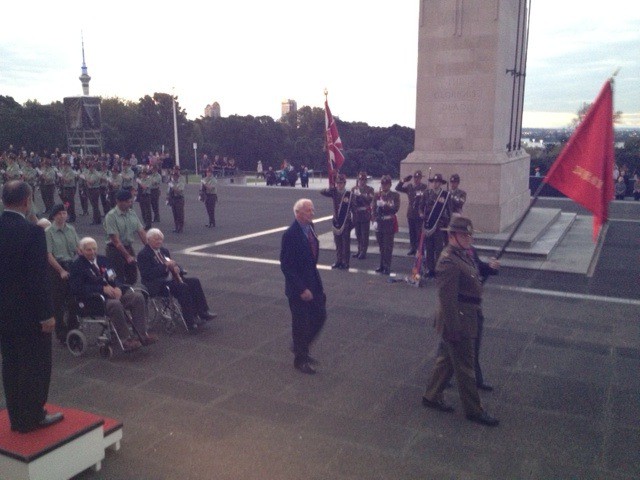The ecological crisis in the Hauraki Gulf – and what to do about it

I have always been well aware that the name of the council ward I represent is Waitematā & Gulf. In this month’s column I wish to talk about the Hauraki Gulf and a meaningful way to improve its ecological health under stress for decades. We’ve heard a lot in recent months about the invasive seaweed species Caulerpa, currently spreading around Great Barrier Island and beyond even as far asThompson’s Point, Waiheke. From media reports and public comments, one could get the impression all was fine until Caulerpa turned up. But of course it was not. However the previous government’s ‘Hauraki Gulf / Tīkapa Moana Marine Protection Bill’, introduced a few weeks before the General Election, was a modest step forward – but left too late. It proposed five ‘Seafloor Protection Areas’, twelve ‘High Protection Areas’ and two marine reserve extensions. The Bill has now been inherited by the new National-led government. I want to cite here extracts from a submission to the Bill on behalf of the ‘Friends of the Hauraki Gulf’ of which I am the chairperson. For the last three years we have been promoting a marine reserve off northwest Waiheke. Extracts are paraphrased as follows:
First of all, in regard to these ‘protection areas’ how effective these will be in restoring a damaged, stressed and depleted marine ecosystem is an important question. ‘Seafloor Protection Areas’ for instance, will not protect the sea above and the fish species within from continued over-exploitation. Nor will they stop the continued exploitation of marine life, such as crayfish which inhabit the seafloor.
Similarly ‘High Protection Areas’ while excluding recreation and commercial fishing will be reserved for customary fishing. These two functions, ‘protection’ and ‘fishing’ (however defined) are conflicted in our view. Again, continued harvesting is likely to impact an already damaged ecosystem. We are not at all opposed to the recognition and establishment of customary fishing areas but question whether they can be logically defined as ‘High Protection ’.
Just as one would expect on land, for example native forests and wetlands, a joined-up holistic approach is needed to achieve full habitat and wildlife protection. No-take marine reserves fulfil that function.
And herein lies the problem, the Bill will introduce no new marine reserves in the Gulf. The ‘two marine reserves’ mentioned will be extensions to the existing Cape Rodney to Okakari Point (Leigh) and Whanganui a Hei (Cathedral Cove) marine reserves. Totally inadequate given the crisis of collapsing biodiversity, well-recorded and acknowledged in scientific circles. And especially given the fact that no-take marine reserves are far and away the most effective way to restore marine biodiversity.
After almost 10 years of official ‘Sea Change’, ‘Revitalising the Gulf’ and finally this Marine Protection Bill process, two modest marine reserve extensions will still mean less than half of 1% of the waters of the Hauraki Gulf Marine Park are fully protected.
The glaring omission in the Hauraki Gulf / Tīkapa Moana Marine Protection Bill is that it completely overlooks the most currently advanced marine protection proposal for the Hauraki Gulf, the Hākaimangō-Matiatia (NW Waiheke) Marine Reserve.

This community-led marine reserve proposal was formally notified under s5 of the Marine Reserves Act in early 2022, drawing c1300 public submissions from across the country, with a remarkable 93% in support (95% on Waiheke).
At 2350 ha it would be the largest marine reserve in the Gulf, at one stroke almost doubling the size of the totally protected marine environment.
The proposed marine reserve would protect an area located in an ecological transition zone between the inner and outer Gulf and of which no other representative example is protected.
According to marine scientists the area has high biological values, remarkable geology, with intact kelp reefs, including one of the few identified breeding areas for rare Packhorse Crayfish inside the Hauraki Gulf.
The area is an important feeding ground for seabirds and marine mammals and could become much more so.
Finally, the proposed Hākaimangō-Matiatia marine reserve is within an easy 10-minute walk from the Matiatia ferry/bus terminal, (35 minutes from downtown Auckland). The unique proximity of public transport links and excellent coastal walkways would make it very convenient for scientific research and visits by students of all ages, and, unlike the other ’protected areas’ in the Bill uniquely accessible to the general public.
The Friends of Hauraki Gulf request the proposed Hākaimangō-Matiatia Marine Reserve be added to the Bill and included in the Order in Council to be declared a marine reserve. We believe this would make administrative sense and immeasurably strengthen the stated marine protection and restoration objectives of the Bill – while adding much needed public credability to the legislation.
This article was published in the February 2024 issue of Ponsonby News



